In the world of manufacturing and assembly, the need for tools that can securely hold components is indispensable. Enter mechanical toggle clamps, designed for this very purpose.
Mechanical toggle clamps are devices specifically designed to hold, anchor, or fasten components in place using a pivoting mechanism.
The sheer variety of these clamps offers solutions for numerous applications, but today we will hone in on the four basic types, answering pivotal questions to guide both novices and seasoned professionals alike.
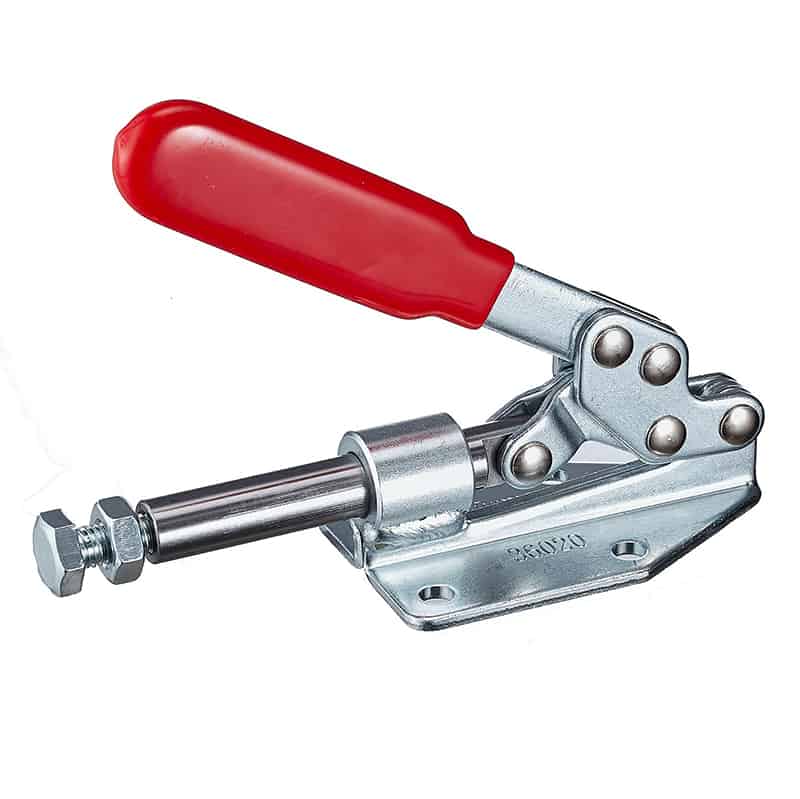
What is the primary function of a mechanical toggle clamp?
Toggle clamps are versatile tools primarily used to hold down workpieces during various operations such as cutting, welding, and assembly. Their unique design ensures that once the workpiece is clamped down, it remains in position even if external force is applied, offering reliability in high-precision tasks.
Why is understanding the different types crucial?
With multiple types of toggle clamps available, selecting the right one can directly impact the efficiency and accuracy of a task. Understanding each type’s unique strengths and applications ensures that one can make informed decisions, reducing the margin of error in operations.
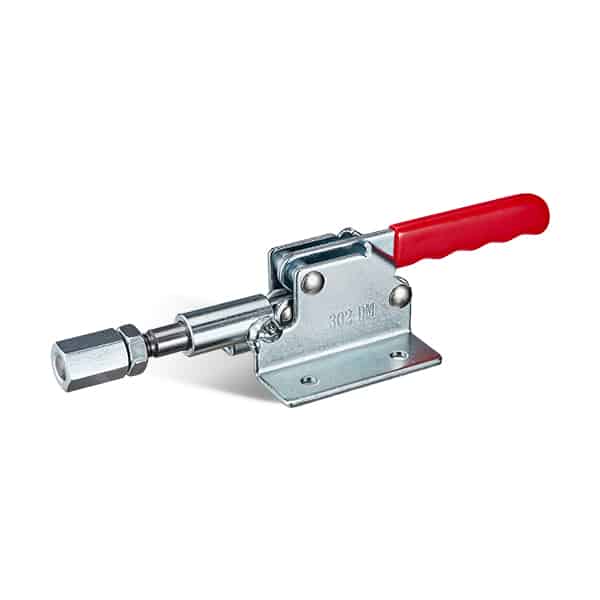
1. Push-Pull Toggle Clamps: What are they?
Push-pull toggle clamps operate with a straight-line action, where the handle and the plunger move in the same direction. This type of clamp is versatile and is commonly used when both pushing and pulling actions are needed, ensuring workpieces are held securely.
2. Vertical Handle Toggle Clamps: How do they function?
Vertical handle toggle clamps have handles that move perpendicularly to the base, clamping the workpiece downwards against a surface. Because of their design, they are particularly useful when there’s limited space, or when direct vertical pressure is needed on the workpiece.
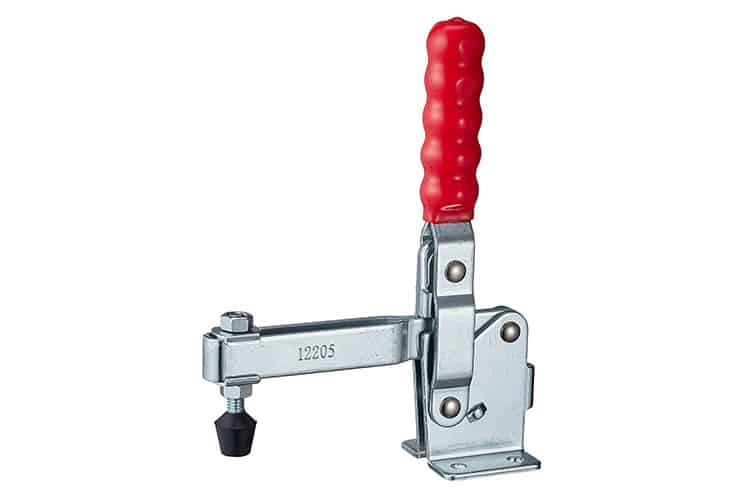
3. Horizontal Handle Toggle Clamps: What sets them apart?
Characterized by handles that move horizontally and parallel to the base, these clamps exert force sideways. Their design makes them ideal for scenarios where vertical space is restricted, ensuring effective clamping without obstruction.
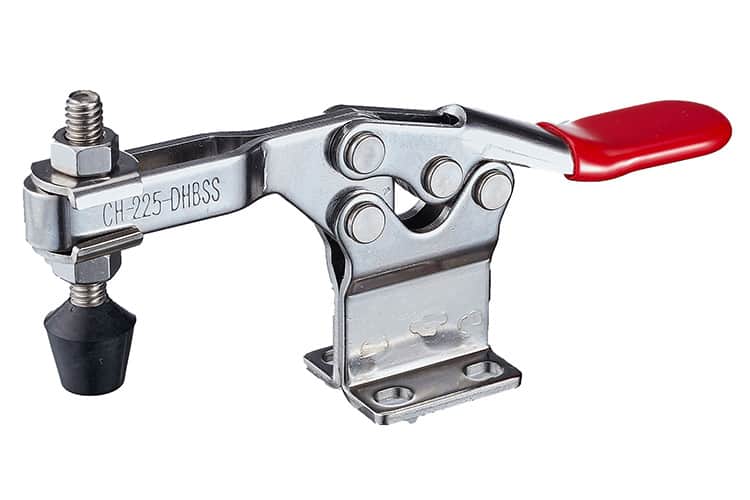
4. Latch Type Toggle Clamps: Why choose them?
Latch type toggle clamps, as the name suggests, use a latch mechanism to secure workpieces. They are akin to a door latch and are typically used to hold two objects together. These clamps are suitable for applications like sealing containers or lids where the two parts need to come together securely.
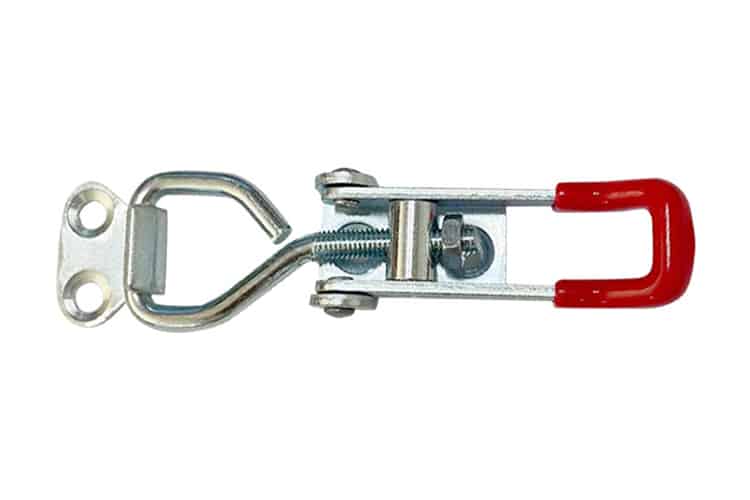
How does the choice of clamp affect the work output?
The right toggle clamp can significantly enhance the quality and efficiency of work. Selecting an inappropriate clamp can result in imperfect finishes and increased work time. Choosing the appropriate clamp based on the specific application is crucial for optimal outcomes, ensuring precision and speed in operations.
What are some best practices while using toggle clamps?
Safety and accuracy are paramount. Always ensure the workpiece is clean and free of obstructions. Regularly inspect clamps for wear and tear. Using clamps within their capacity, and ensuring they are well-maintained, prolongs their lifespan and ensures consistent, high-quality results.
Conclusion
Understanding the basic types of mechanical toggle clamps is foundational for anyone involved in manufacturing, assembly, or related fields. Armed with this knowledge, one can effectively navigate the myriad of choices available, guaranteeing efficient and precise work every time.
You might also be interested:
